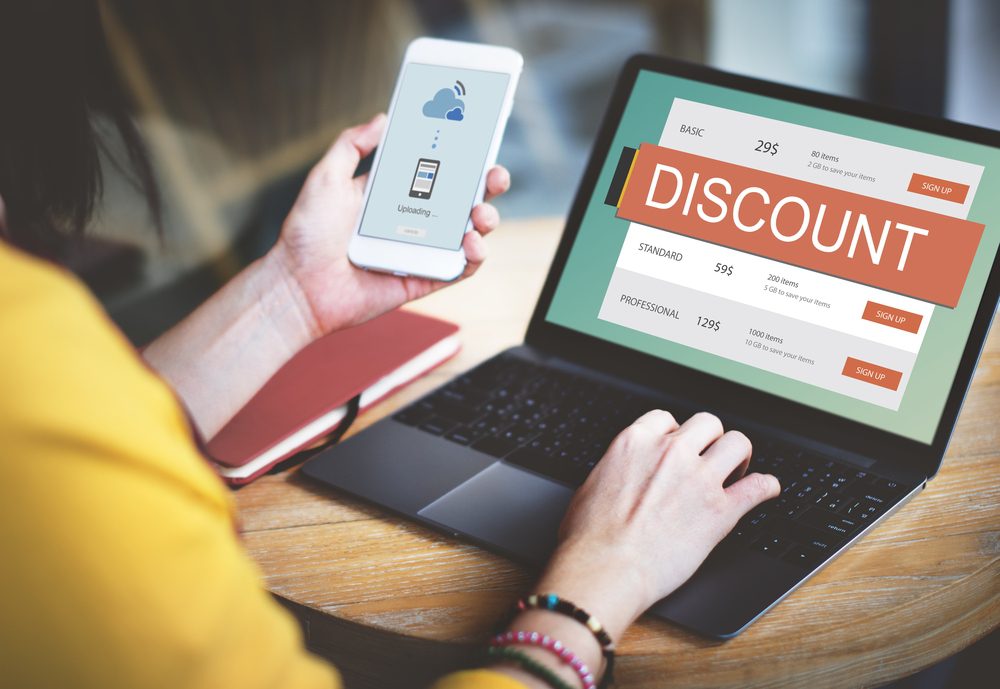Consumers don’t put a lot of trust in retailers to handle their data with care: just 5% place the retail industry at the top in ensuring data privacy, compared to 63% who do so for the banking industry, according to Deloitte’s 2019 U.S. Consumer Data Privacy study. It’s urgent that retailers build up consumers’ trust, if only to keep up with the pace of collection: data received from customer touch points is expected to grow from 33 zettabytes (ZB) in 2018 to 175 ZB by 2025.
One route for retailers is to be more open about how consumer data is used and protected. These communications should include mentioning the benefits of data sharing: nearly three-quarters of shoppers are willing to share personal data for better pricing, special discounts or exclusive offers.
“Retailers have to be pretty transparent with their policies and how the data is being used,” said Rod Sides, Vice Chairman & U.S. Leader of Retail & Distribution at Deloitte in an interview with Retail TouchPoints. “If consumers believe that the retailer is going to use their data to make their life easier and more convenient and to help with the shopping journey, I think they’re willing to share. Where people get a little bit nervous is when they feel like that data is being sold to third parties, not being used for their benefit or being used without their consent.”
Being transparent about data use also can help dispel harmful myths: 55% of consumers believe retailers share data with third parties or sell it to outside buyers, which limits their willingness to share it in the first place. The challenge is getting shoppers to read about privacy policies in the first place, because if they remain uninformed they may simply assume the worst.
“People probably aren’t going to read the privacy statement, we all get them, and it’s the bare minimum retailers have to do,” said Sides. “Companies who just simply send that out once a year have probably missed the mark. I think it’s a matter of being very clear on your web site, maybe in bullet point form, that here’s the data we collect, here’s how we use it and here’s the benefit to you. Get away from the legalese.”
Data Is Currency — And It Deserves The Same Level Of Protection
Breaches are another serious concern for shoppers, and not without reason: the volume of data breaches in the U.S. grew by 12X between 2016 and 2018, according to data from Deloitte. This has contributed to growing privacy awareness among consumers, as well as the fact that nearly half of consumers feel that they have little to no control over their personal data. An additional challenge: nearly two-thirds of shoppers believe that retailers, not the government or tech vendors, are responsible for data security.
High levels of trust and data breaches are antithetical to each other, so retailers need to take their threat seriously. The first step is understanding where and how the data is stored, followed by applying modern best practices to ensure it’s kept as safe as possible — the same as any other valuable commodity. This applies to everyone in the business, from the CEO to seasonal workers.
“You have to have some baselines policies and procedures in place to safeguard the data,” said Sides. “As one of my cyber partners likes to talk about, data is the new cash, and cash is still king. You’ve got to treat it like you have dollars lying around on the server you need to safeguard, and you need to teach your associates to safeguard them as well.”
Better Alignment Allows For Better Messaging
The process of improving security should coincide with streamlining overall data strategies. Deloitte’s survey found that only 22% of retailers have optimally integrated their data privacy plan with corporate and business unit strategy planning, and 62% have more than 50 information systems. Ensuring that every part of the business is operating with the same information can both bolster security and maximize the insights gleaned from customer data.
“If I have various business units and I have different strategies for how I want to use customer data and customize offers across units, there could be a situation where I’m collecting data in one business but not using it,” said Sides. “So the question is, what’s the value of that? If we understand what the enterprise wants to do in terms of value to the end consumer and offering consistency in the way we’re communicating to customers, you get a more holistic, robust perspective.”
Better alignment across the enterprise also can improve messaging, by ensuring every party has access to the data that’s relevant to their operations. This can in turn lead to better communications, which is the cornerstone both for building trust (which can open the door to collecting additional data) and improving the overall shopping experience.
“I think the leaders have taken the ownership of that data, and they’ve used their insights into consumers to shape the products they provide, the offers they make and to string the assortment together,” said Sides. “For instance, if I know that sustainability is really important to a pretty big swath of my customers, I’m going to make sure I highlight that. Those who are winning with data and privacy are using those kinds of insights to help make the consumer shopping journey better.”













